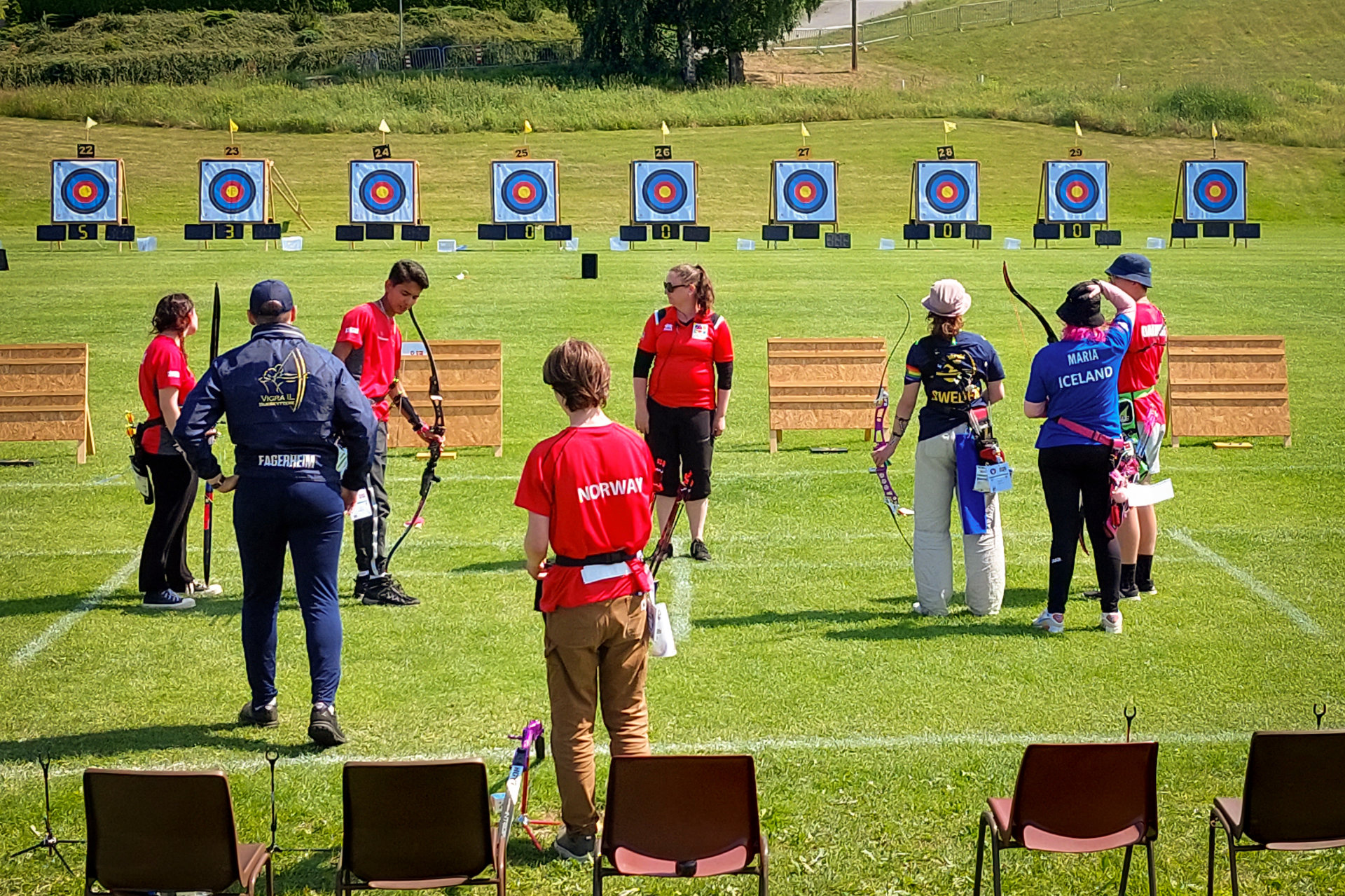Archery, one of humanity’s oldest practices, has evolved significantly over centuries, transforming from a vital survival skill and tool of war into a globally recognized sport, recreational activity, and art form. Modern archery, while deeply rooted in tradition, incorporates advanced technology and techniques, catering to a diverse range of participants and applications. Its evolution reflects human ingenuity, cultural persistence, and an enduring fascination with precision and skill.
The Roots of Modern Archery
Historically, archery was primarily used for hunting and warfare. Its significance is documented in numerous ancient cultures, from the Egyptians and Greeks to Native Americans and Mongols. With the advent of gunpowder, archery’s role in combat diminished, yet its legacy endured through competitive sport and ceremonial practices.
The resurgence of archery as a sport began in the 19th century, particularly in England, where it became a popular pastime among the aristocracy. The foundation of organizations such as the Grand National Archery Society in 1861 formalized the rules and formats of competitive archery. This laid the groundwork for its inclusion in the Olympics in 1900, cementing its status as a globally recognized sport.
Modern Equipment: A Technological Leap
One of the most striking aspects of modern archery is the advancement in equipment. Traditional wooden bows and arrows have been replaced or complemented by high-tech counterparts made from carbon fiber, aluminum, and other advanced materials. These innovations have enhanced durability, precision, and ease of use.
Types of Modern Bows:
- Recurve Bows: Used in the Olympics, these bows retain a traditional aesthetic while benefiting from modern materials and design. Their curved tips provide greater energy efficiency, making them powerful and accurate.
- Compound Bows: A relatively recent innovation, compound bows use a system of pulleys and cables to reduce the effort required to hold the string at full draw. They are particularly popular in hunting and target archery.
- Longbows: While considered traditional, modern versions are crafted with advanced materials to improve performance while maintaining their historical design.
Arrows, too, have seen significant development. Modern arrows are constructed from carbon fiber, aluminum, or composite materials, offering consistency, lightweight design, and durability. These advancements ensure that even beginners can achieve remarkable accuracy with proper training.
Disciplines and Formats in Modern Archery
Modern archery offers a wide range of disciplines, catering to diverse interests and skill levels. The main categories include:
- Target Archery: The most popular form, this discipline involves shooting at circular, color-coded targets from varying distances. It is featured in the Olympics and other international competitions.
- Field Archery: Conducted in natural settings, archers navigate courses and shoot at targets placed at different distances and angles, simulating hunting scenarios.
- 3D Archery: This variation involves shooting at three-dimensional animal-shaped targets, providing a realistic and dynamic challenge for participants.
- Bowhunting: Combining archery with hunting, this discipline emphasizes ethical practices and respect for wildlife.
Each discipline has its own rules, equipment preferences, and techniques, allowing archers to find a niche that suits their interests.
The Role of Technology and Training
The integration of technology extends beyond equipment to training and performance analysis. Tools such as high-speed cameras, biomechanical analysis software, and advanced coaching techniques help archers refine their form, improve accuracy, and track progress. Apps and devices that monitor draw weight, angle, and release mechanics are increasingly common, ensuring that even casual enthusiasts have access to professional-grade insights.
Accessibility and Community
Modern archery is more accessible than ever, with clubs, ranges, and equipment available for all age groups and skill levels. Programs such as USA Archery’s Explore Archery initiative and Archery GB’s community outreach aim to introduce the sport to new audiences. Additionally, the sport’s inclusivity has grown, with events and organizations specifically supporting adaptive archery for individuals with physical disabilities.
Archery’s growing popularity in media and pop culture, fueled by films and television series like The Hunger Games and Brave, has further inspired a new generation to take up the bow. Social media platforms and online communities have also played a role in connecting archery enthusiasts worldwide, fostering a sense of camaraderie and shared passion.
Archery as a Mental and Physical Discipline
Beyond its physical demands, archery is celebrated for its mental benefits. The sport requires focus, patience, and discipline, offering a meditative quality that appeals to many participants. Archery sharpens concentration, promotes mindfulness, and fosters a sense of accomplishment. This unique combination of mental and physical engagement makes it a therapeutic activity for people of all ages.
The Future of Modern Archery
As technology continues to advance, modern archery is poised to reach new heights. Innovations in materials, biomechanics, and data analysis will further enhance performance and accessibility. Additionally, efforts to make the sport more sustainable, such as developing eco-friendly materials and practices, reflect the broader global focus on environmental responsibility.
The growing interest in outdoor activities, coupled with the sport’s adaptability to indoor settings, ensures that archery will remain relevant and appealing in the years to come. Its balance of tradition and modernity makes it a timeless pursuit that resonates across cultures and generations.
Conclusion
Modern archery is a testament to the enduring appeal of precision, skill, and self-discipline. From its ancient origins to its current status as a global sport and recreational activity, archery has continually evolved while maintaining its core essence. By blending tradition with innovation, modern archery not only honors its rich history but also paves the way for a vibrant and inclusive future. Whether practiced for competition, recreation, or personal growth, archery remains a rewarding journey of focus, skill, and connection to both oneself and the world.






0 Comments